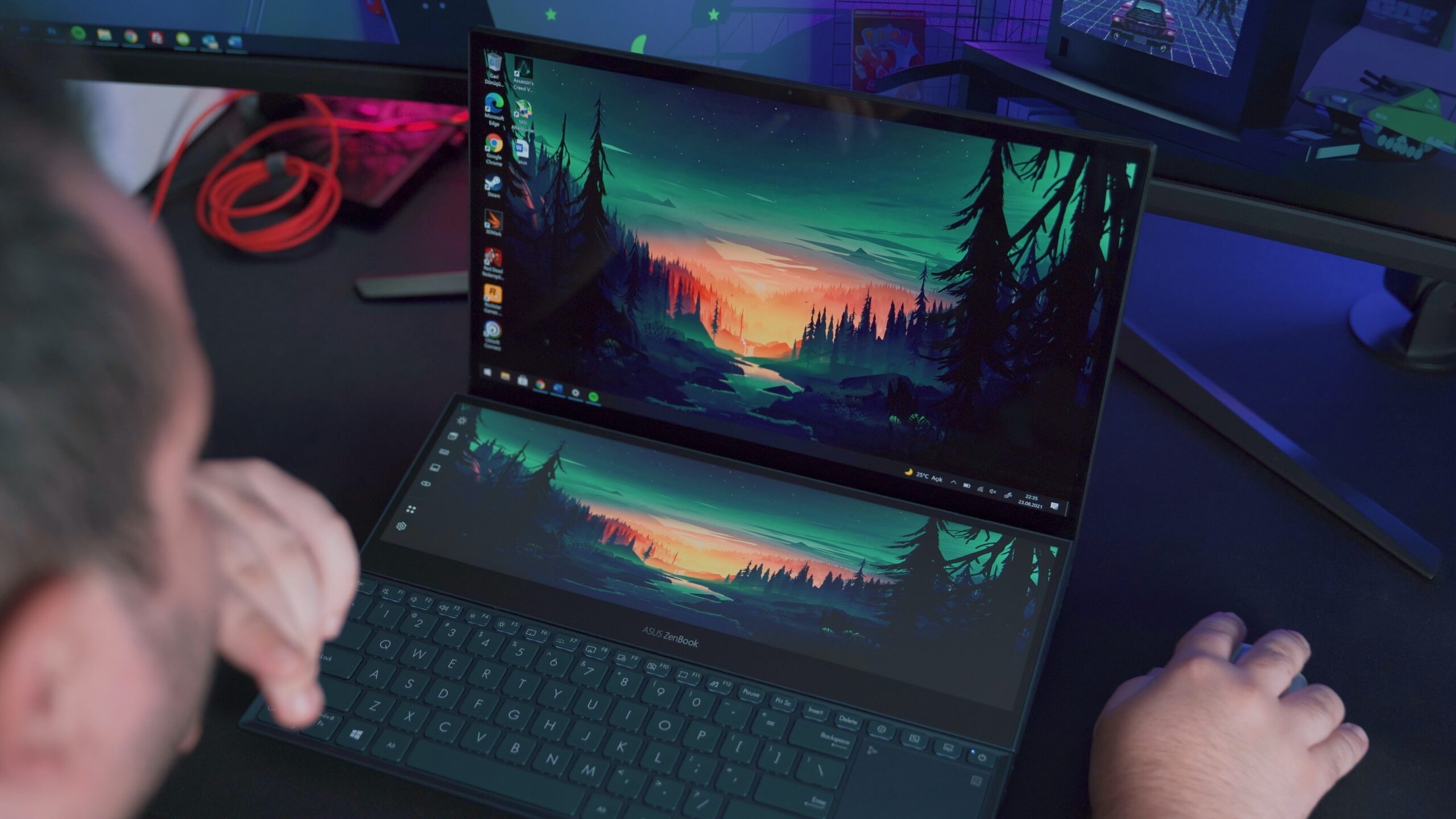Real-time video analysis and object recognition are powerful tools, but their complexity and cost have limited their accessibility across industries. Enter SaaS solutions, which are democratizing these technologies. By offering cloud-based, scalable services, SaaS makes advanced video analysis and object recognition widely available, even to smaller businesses. This article will explore how SaaS is solving accessibility challenges and revolutionizing the use of these technologies.
What Are Real-Time Video Analysis and Object Recognition?
Real-time video analysis and object recognition are at the forefront of digital innovation, marking a significant shift in machine intelligence. Real-time video analysis processes footage as it happens. This technology lets systems instantly analyze and categorize visual elements, a stark contrast to the traditional method of reviewing recorded footage. It’s crucial in situations needing quick responses, like surveillance or traffic control.
Object recognition, part of computer vision, identifies and tracks objects in videos. This includes recognizing faces in crowds or spotting specific items in stores. Algorithms read the video feed, pinpointing objects by shape, size, color, and motion. Advanced systems go further, distinguishing between object types such as different animal species or vehicle models.
These technologies are revolutionizing several sectors:
- Retail: Enhancing customer experience and streamlining inventory management.
- Security: Upgrading surveillance systems with real-time alerts and insights.
- Traffic Management: Monitoring road conditions and managing traffic flow.
- Healthcare: Assisting in patient monitoring and care.
SaaS’s Impact on Real-Time Video Analysis and Object Recognition
Software as a Service is transforming how businesses use real-time video analysis and object recognition. With rapid technological advancements, SaaS is making these tools more available and scalable, regardless of business size. This shift in using SaaS for video analysis and object recognition marks a significant change in deploying these technologies.
The Mechanism
Real-time video analysis is all about processing video data the moment it’s captured. In the past, this needed a lot of hardware and software, which was too costly for many small businesses. SaaS is shaking things up by providing these services through the cloud. Now, the heavy processing happens on remote servers, cutting down the need for complex equipment on-site.
Object recognition plays a big role in video analysis. It uses algorithms to spot and track objects in videos. SaaS platforms are stepping up by offering these advanced algorithms, often boosted by AI and machine learning. This upgrade means better and faster identification and tracking of objects in videos.
Advantages of SaaS for Real-Time Video Analysis and Object Recognition
SaaS offers several advantages to those conducting real-time video analysis and object recognition. Here are some key benefits:
Cost savings: SaaS models offer a more affordable way to access advanced video analysis. Traditionally, these systems required heavy investment in hardware and software. With SaaS, businesses pay a subscription fee instead. This means the barrier to entry is lower for small to medium-sized businesses. They get to use top-notch technology without the hefty price tag.
Scalability: SaaS solutions easily adapt to business needs. If a company grows or experiences seasonal changes, the SaaS platform scales accordingly. Businesses can scale up for peak times and scale down when demand drops, ensuring they only pay for what they need.
Easy maintenance: With SaaS, there’s no need for complex setups or constant updates. The provider handles all maintenance, including regular updates to keep the system current. As such, you don’t have to bear the burden of managing IT infrastructure, allowing you to focus more on core operations.
Accessibility and mobility: SaaS platforms offer remote access to video analysis tools. This means staff can access these systems from anywhere, at any time. It also makes constant monitoring possible, even on the go.
Continuous innovation: SaaS providers continuously improve their platforms. They incorporate the latest advancements in technology, plus release software updates from time to time. This means that companies using SaaS for video analysis always have access to the most advanced tools available.
Applications Across Industries
Plenty of companies are turning to SaaS for real-time video analysis and object recognition. This trend spans various industries, each harnessing the technology to enhance services and operations.
Retail Sector
Retailers are capitalizing on SaaS to transform customer experiences. Companies like RetailNext and ShopperTrak offer analytics platforms that analyze in-store traffic and generate insights that enable retailers to optimize store layouts. Sellers can also use video analysis to better understand customer behavior and use their learnings to provide more personalized shopping experiences.
Security and Surveillance
The security industry has rapidly adopted SaaS-based video analysis. Verkada and Eagle Eye Network are a few examples of companies that offer real-time monitoring and object detection via cloud. The goal is to enhance public safety and property security by immediately analyzing and responding to potential threats.
Healthcare Applications
Healthcare is another sector where SaaS is making strides. Take CureMetrix and Zebra Medical Vision, for example, which use AI to analyze medical images. Healthcare professionals can leverage these tools to make quicker and more accurate diagnoses, significantly improving patient care.
Traffic and Urban Planning
Transportation is also benefiting from SaaS. Companies like Vivacity Labs and Swarco are using it to analyze traffic patterns. These startups are keen to help cities manage congestion and improve road safety. The technology has also the potential to aid government organizations in smarter urban planning.
Manufacturing and Industrial Sectors
It’s no secret that quality control is essential in the manufacturing industry. With SaaS-driven real-time video analysis and object recognition, it becomes easier to ensure quality. Take Drishti and Instrumental Inc., for instance. These companies use SaaS to analyze assembly lines. Their analysis helps identify defects, monitor production processes, and maintain safety standards. Manufacturers are now able to ensure product quality more effectively than ever before.
Tech Stack Required for Using SaaS For Real-Time Video Analysis and Object Recognition
Building the right tech stack for implementing Software as a Service (SaaS) in real-time video analysis and object recognition is crucial. Hardware, software, and networking solutions are the core of this stack. Here’s a breakdown of the essential components and how they fit together:
1. Cameras and sensors
The starting point is high-quality cameras and sensors, because you need high-resolution videos to conduct real-time analysis. In retail, this might mean installing HD cameras at store entrances and points of high customer engagement. In security setups, cameras should have night vision and motion detection capabilities.
2. Networking Hardware
Robust networking hardware is crucial. This includes routers and switches that can handle high bandwidth to transmit video data without delay. A strong network ensures that video feeds are consistently relayed to the servers for analysis.
3. Cloud Storage
For a SaaS setup, cloud storage plays a crucial role. It stores large volumes of video data without the need for physical storage systems on-premises. Make sure to prioritize scalability, security, and compliance when choosing these solutions.
4. Processing units
Since real-time video analysis is data-intensive, powerful processing units are necessary. These can be part of cloud infrastructure, where video data is processed remotely. The processing power needs to be sufficient to handle the video load and run complex object recognition algorithms.
5. Software for video analysis
The software is the heart of your tech stack. It should be capable of handling real-time video processing, object recognition, and data analytics. Plus make sure the software is iintuitive and user-friendly so that non-technical users can operate it effectively.
6. AI and machine learning algorithms
Integrating AI and machine learning algorithms is essential for advanced object recognition and data analysis. These algorithms help in identifying patterns, behaviors, and anomalies in the video data.
7. Data Analytics Tools
Data analytics tools are crucial for interpreting the video data. They turn raw data into actionable insights. In a retail setup, these tools can analyze customer behavior patterns, while in security, they can identify potential threats.
8. Integration APIs
To ensure the SaaS solution works seamlessly with existing systems, integration APIs (Application Programming Interfaces) are necessary. They allow the video analysis system to connect with other business software, like inventory management systems in retail or access control systems in security.
9. User Interface
A user-friendly interface is important for easy operation. It should allow users to view live feeds, access historical data, and receive real-time alerts. The interface design should be intuitive, making it easy for users to navigate and understand the system.
10. Security Features
Given the sensitivity of video data, robust security features are non-negotiable. This includes encryption, secure user authentication, and regular security updates to protect against cyber threats.
11. Compliance and Privacy Tools
Ensure that the tech stack is compliant with relevant data protection laws. Tools for privacy protection, like data anonymization and access controls, are essential, especially in sectors like healthcare and retail.
Implementation Steps
Implementing Software as a Service (SaaS) for real-time video analysis and object recognition can seem daunting, but it’s quite manageable when broken down into steps. Here’s a guide to help businesses, even those with limited technical expertise, successfully implement this technology:
1. Define Your Goals
Start by clearly defining what you want to achieve with real-time video analysis and object recognition. For a retail store, the goal might be to understand customer behavior better. For a security firm, it could be to enhance surveillance capabilities.
2. Choose the Right SaaS Provider
Research and select a SaaS provider that aligns with your goals. Consider providers with a strong track record in your industry. For instance, if you’re in retail, it makes sense to choose a provider with excellent retail analytics.
3. Plan the Implementation
Work with the SaaS provider to plan the implementation. This includes deciding on the scale of deployment, the types of cameras needed, and where they should be placed. For example, in a retail setting, you might place cameras at entrances and near key products.
4. Train Your Team
Educate your team on how to use the new system. Ensure that everyone from the IT department to the end-users understands how to operate the software and interpret the data.
5. Integrate with Existing Systems
Integrate the SaaS solution with your existing IT infrastructure. This might involve linking it with your current security system in a surveillance scenario or integrating it with your POS system in retail.
6. Test the System
Before going live, thoroughly test the system to ensure it works as expected. For example, consider running simulations to track virtual customer movements and behavior.
7. Go Live and Monitor
Once you’re confident in the system, go live. Continuously monitor its performance to ensure it meets your objectives. In a security context, this would mean regularly checking the accuracy and speed of threat detection.
8. Analyze and Adapt
Regularly analyze the data and insights generated by the system. Use this information to adapt and improve your operations. For instance, a retailer might use customer traffic data to adjust store layouts.
9. Scale As Required
As your business grows, scale the SaaS solution to meet your evolving needs. This might mean adding more cameras or expanding the scope of data analysis.
Conclusion
The future of SaaS in real-time video analysis and object recognition looks promising. The integration of AI and machine learning has enabled these platforms to become more sophisticated . Soon, you’ll see them adopted in even more industries. Moreover, they’ll integrate deeper with IoT devices, translating to better predictive analytics and smarter automated decision-making.
Overall, SaaS is driving efficiencies in video analysis and object recognition across the broad. With greater scalability and adaptability, it’s giving companies various reasons to leverage these tools for high-level decision making. This shift is empowering businesses to tap into video data like never before while paving the way for groundbreaking innovation across various sectors.



